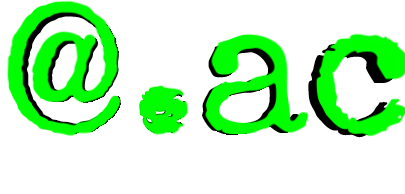Cut-up Curriculum (2017)
Responding to the ‘Foundations of A Creative Curriculum’ conference call, ‘The Precarious University’ hosted a process-based installation and workshop throughout the two days of the conference. A grid-like arrangement of typographic works, based on seminal theses on the philosophy of the art school and/or art education were installed in the BALTIC conference space. Delegates were encouraged to read and interact with the typographic works on display, prior to a 1.5hr workshop where the various theses on offer were debated, remembered, and critiqued via an interactive workshop where participantsselected, cut-up and re-configured the provided textual material. We view the results as a militantly co-produced analysis of the condition of contemporary art education. Furthermore, we hope that this intervention has othered the creative curriculum by presenting a co-produced plurality of intersecting viewpoints and proposals that shape the contemporary conjuncture from which we, as educators, select our stances.
Our work intended to reflect not only on the contemporary crisis of the art school, but also on the relationship between its history and its current trajectory. With historical roots in the liberal-utilitarianism of the C19th Government Schools of Design, far removed from the foundational ideals of the university proper, and espousing a persistent, but confused and ahistoric, ideology of romantic, possessive individualism within its discourses, one could argue that rupture, confusion, and instability are a foundational characteristic of the art school itself. Antagonisms between the vocational and academic, the applied and disinterested, autonomy and polytechnicisation, or FE and HE are in this sense not historical reflexes, but immanent to the contradictory institutional character of the art school itself. The bibliography of the source texts themselves, provided below, reveals this instability. Within these texts, all of which in some way attempt to claim, or destabilise a dominant-hegemonic claim, for the social function of the art school itself, a violent argument about the nature of aesthetic education is played out. Some of these are canonic and formative to currently-dominant conceptions of the creative curriculum whilst some are overlooked, marginalised or forgotten.

